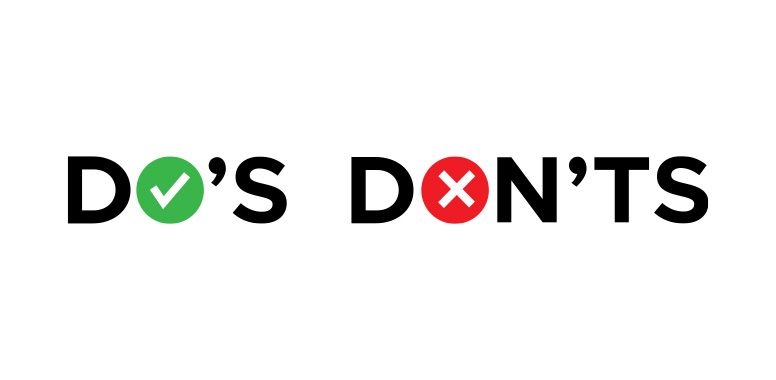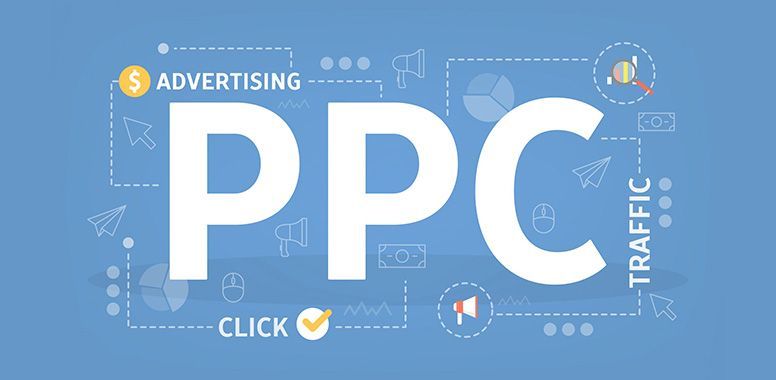Keyword Goldmine: Amazon PPC Tools and Techniques for Finding Profitable Keywords
One of the most important components of Pay-Per-Click advertising is PPC keyword research. It is the first and foremost step in setting up your ad campaigns. Behind every successful Amazon PPC campaign is a properly executed keyword research. Keyword research is crucial, as this can lead to more conversions on your product detail pages and positively impact your ad spend. In this article, I will show you tools and techniques you can use to find relevant and profitable keywords for your Amazon PPC campaigns.
Fundamental Tools for Your Amazon Keyword Research
Search Term Reports
This is a report generated by Amazon and is considered a goldmine of data in doing keyword research. Here you can find valuable insights into which keywords are generating clicks and converting for your ad campaigns. You can use this to identify high-performing keywords. Look for keywords that have high click-through rates and conversion rates. You can also discover new keywords you haven’t considered before which can potentially lead to conversions.
Helium 10
Helium 10 is a comprehensive set of tools and resources designed to help sellers manage Amazon businesses. It includes tools like Cerebro and Magnet that you can use to find targeted and relevant keywords. With Cerebro you can look up your competitors’ top-performing keywords while Magnet assists you in finding high-volume keywords that are related to your products.
Jungle Scout
Another popular tool used by Amazon sellers is the Jungle Scout. This tool is equipped with product research features including keyword tools. One of the tools you can use is the Keyword Scout. This tool can help you find relevant keywords, give insights as to search volume, trends and PPC bid estimates.
Techniques in Doing Keyword Research
First things first
In doing keyword research, the first thing you need to do is FIRST. Yes, you got that right, F-I-R-S-T, or Find and Identify Relevant Search Term for your product. By identifying your product’s relevant search term/s you can determine the category your product belongs and eventually lead you to relevant search terms for your campaigns. You can also use these search terms to determine the keywords your competitors are using in their campaigns.
Competitor Analysis
The next thing you need to do is examine your competitors’ listings. By using tools such as Helium 10’s Cerebro or Jungle Scout’s Reverse ASIN Lookup, you can identify which keywords your competitor is ranking for and in what keywords they are placing their ads.
Amazon’s Customer Search Term Reports
Analyze your actual customer search terms from your own PPC campaigns. Understanding what your customers are looking for helps you tailor your ad campaigns accordingly. Regularly monitor your Amazon Search Term Reports to identify new keywords that are driving traffic and sales. Adjust your campaign strategy based on the data you gained. Identify high-performing keywords and allocate your budget accordingly. Negate non-performing keywords to reduce wasted ad spend.
Use Broad Match and Auto Campaigns
Start your campaigns with broad match and automatic campaigns. Using Broad Match and Automatic type for your campaigns can help you discover highly relevant keywords. Broad match type allows your ad to be seen by a wide range of customers looking for something related to your product even if it’s not an exact match. Automatic type on the other hand Amazon places your ads to keywords based on your product’s information and listing content using Amazon’s algorithm.
Capitalize on Seasonal Trends and Events
Taking advantage of seasonal trends and events can significantly boost your PPC ad campaigns. Analyze data found in Amazon’s Search Term reports to identify keywords that spike during certain times of the year. Take into consideration events, weather, and holidays, and incorporate these seasonal keywords into your campaigns.
Effective keyword research is essential for successful Amazon PPC campaigns. By leveraging the right set of tools and techniques, you can discover profitable keywords that funnel targeted traffic to your products. Regularly monitoring performance and adapting to evolving trends will ensure your campaigns remain relevant and your sales growing. Start implementing these strategies and watch your Amazon business thrive.
Are you drowning in the daily hustle of managing your business and are too busy to monitor your ad campaigns? Do you need to boost your Amazon business and want to start your PPC campaigns but don’t know how? Here at Chief Marketplace Officer, we have a team of seasoned Amazon PPC experts ready to assist you - from keyword research to bid adjustments.
Contact us here or
book a zoom call today to boost your Amazon business today.


